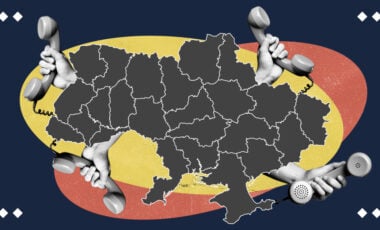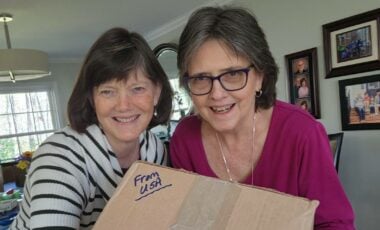UK develops naval drones for Ukraine
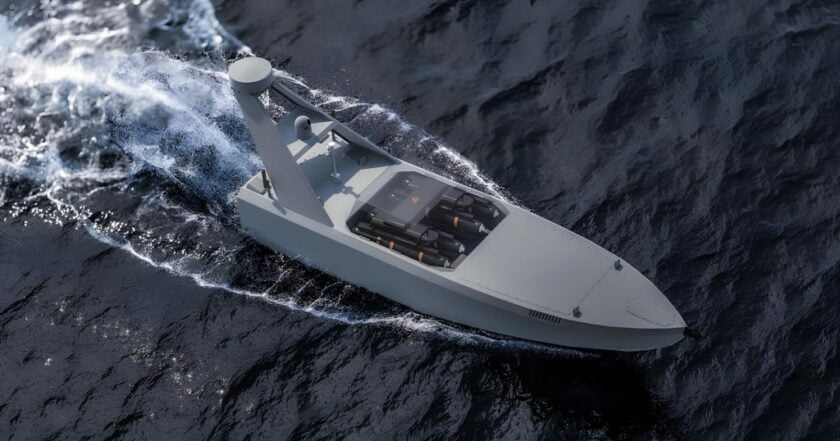
Морський ударний дрон Swift Sea-Stalker. Фото: Swiftships
The UK is developing Wasp and Snapper naval drones to enhance Ukraine's capabilities in the Black Sea.
Rubryka reports, citing Naval Technology.
At the end of January, during a government event, Defense Secretary John Healey mentioned the completion of three undisclosed weapons development projects. "Enhancing our own capabilities through Stormer and Starstreak…while Gravehawk, Snapper and Wasp have all been developed with breathtaking speed," Healey said.
Additionally, in response to written inquiries, Defense Acquisition Secretary Maria Eagle confirmed the development of the Wasp and Snapper systems, describing them as "a new uncrewed maritime system" specifically designed to support Ukraine. "The system is currently undergoing final testing, and further details will be set out in due course," Eagle stated.
These maritime drone projects are believed to be part of a broader initiative to strengthen Ukraine's unmanned fleet. A month earlier, the UK announced the development of a stealthy maritime heavy weapon carrier drone intended for operations in Ukraine and beyond.
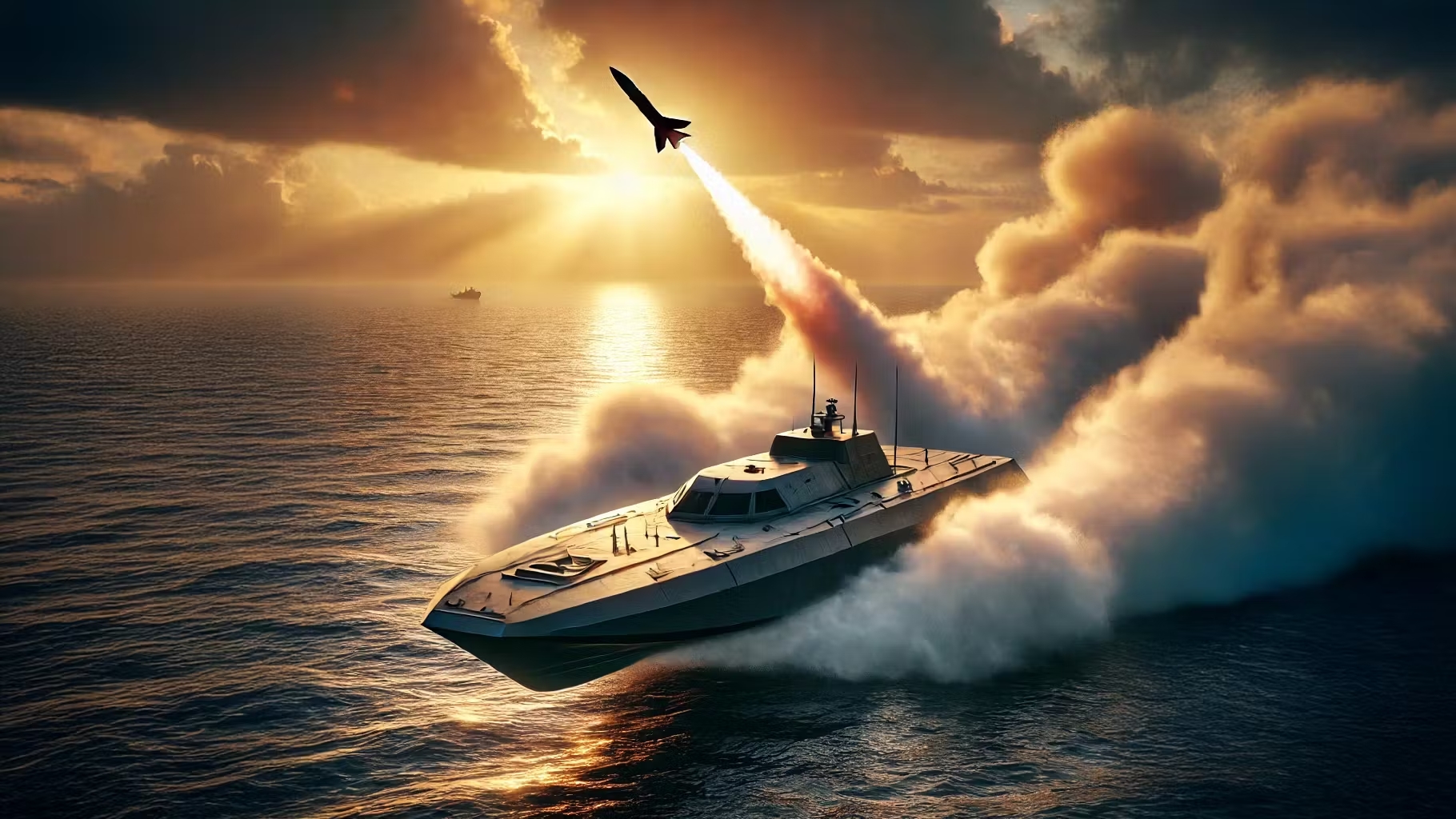
A boat with missile weapons. Photo: UK Defense Journal
The drone must function as a reusable platform, withstand enemy electronic warfare, and maintain its ability to attack targets even if communication is disrupted. It will be armed with at least two weapons to ensure greater effectiveness in striking its target.
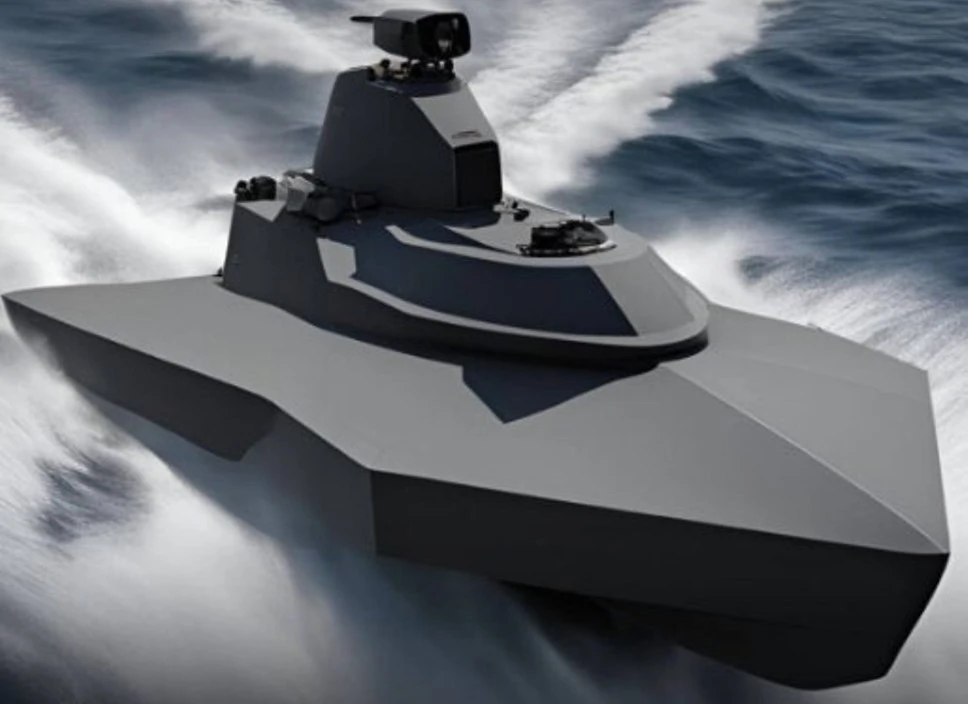
Visualization of a naval missile launcher drone. Graphics created with the help of AI
According to British reporters, the UK Ministry of Defense outlined the specifications for the COOKSON project as follows:
- Maximum speed: Over 40 knots, even in a three-point sea state.
- Range: Approximately 1,300 km when fully loaded, with a minimum autonomy of 72 hours.
- Stealth & Electronic Warfare Resistance: A low silhouette design with the ability to counter electronic warfare and operate autonomously if communication is lost.
- Weaponry: Capable of carrying multiple missiles with high-explosive warheads, featuring a range of 30–100 km.
- Air Defense Capability: Designed to defend against threats such as helicopters and drones.
The Ministry also specified technical requirements for the onboard weapons, including an 80 kg warhead, an operational range of 80–100 km, and the capability to engage both surface and coastal targets.
According to defense experts, the future unmanned attack boat under the COOKSON project must also have self-defense capabilities against enemy air threats. This includes large-caliber machine guns, man-portable air defense systems (MANPADS), or other defensive measures. The platform should also be compact for easy transportation, and missile production for the boat should reach at least 20 units per month.
Interestingly, COOKSON is primarily intended for striking coastal targets, with surface target engagement as a secondary function. Procurement of these new drones is set to begin in the first quarter of 2025, alongside the acquisition of hundreds of munitions, which will undergo testing in late 2025 and early 2026.
Additionally, on January 16, during a meeting with British Prime Minister Keir Starmer, Ukrainian President Volodymyr Zelensky announced Ukraine's plans to expand production in key sectors of its military-industrial complex. He presented the British delegation with samples of Ukrainian UAVs and emphasized that the main goal of cooperation was to double the production of essential military equipment, particularly bomber drones and reconnaissance UAVs.
Following the meeting, Prime Minister Starmer announced the transfer of 150 artillery pieces and a Gravehawk mobile air defense system to Ukraine. He also pledged that Britain would provide Ukraine with more military assistance in 2025 than ever before.

Solutions to win: Ministry of Defense officially codifies new ZEUS and HADES drones

United to win: Latvia sends 100 FPV drones to Ukraine through charitable initiative

Solutions to win: Ukrainian platoon sergeant and IT team develop FPV drone dispatch system












